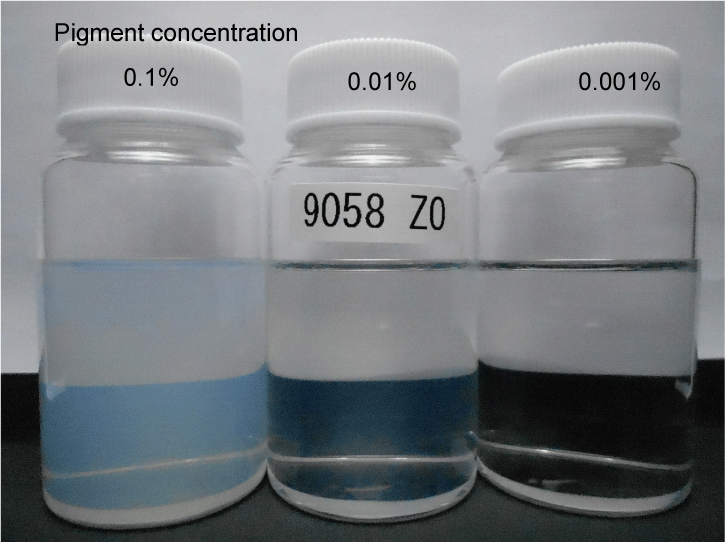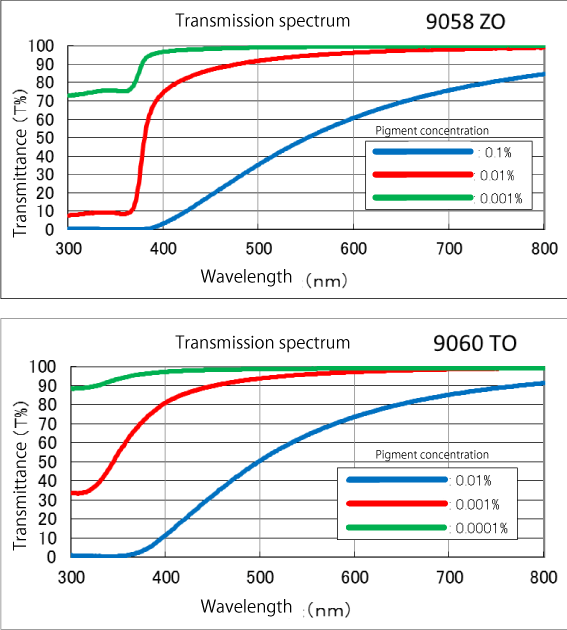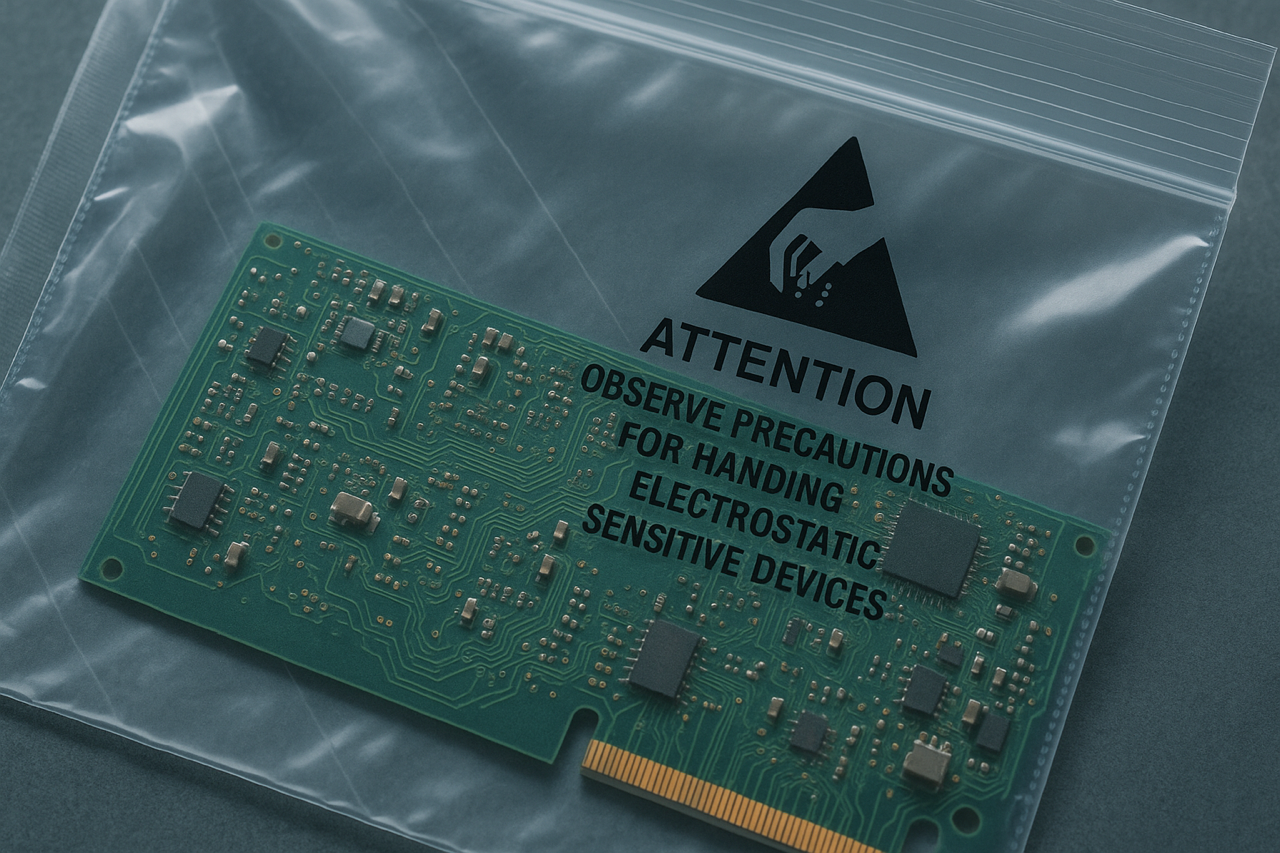
This section introduces the characteristics, types, and applications of UV-cut dispersions.
What is UV Cut Dispersion?
UV is an electromagnetic wave of 10-400nm whose wavelength is shorter than that of visible light. Among them, those in the wavelength range of 315-400nm, whose wavelength is relatively longer, are called UVA, those in the wavelength range of 280-315nm are called UVB, and those in the wavelength range of 10-280nm are called UVC. UVA is generally the most UV reaching the ground from sunlight, and some UVB is also included.The shorter the wavelength, the higher its energy, and it is said that UV irradiation can denature and damage the protein in human skin, which can cause melanin formation and cause tanning. In addition, when irradiated with synthetic resins for a long period of time, the deterioration is accelerated due to the reaction caused by light energy and the cutting between molecules. It can be said that there is a close relationship between the life of products used outdoors in particular and the degree to which these products cut UV.
There are two major ways to cut UV. One is a chemical method using ultraviolet absorbers, etc., and many of them have the characteristic of absorbing UVB. Another method is to scatter and refract light by adding inorganic fillers such as titanium oxide and zinc oxide into fine particles and physically cut them. The UVA has a relatively high shielding performance, which has recently been widely reviewed for its effects.
TOKUSHIKI is developing UV-cut dispersions made of titanium oxide and zinc oxide that physically shield UV in the latter.
Application and lineup of UV-cut dispersions (under development)
<Features>
- This is a dispersion liquid in which UV absorbing material is dispersed by only a dispersant and a solvent, so that compatibility with many resin systems is good.
- The refractive index of the resin can be adjusted by adding it.
- It is highly transparent because it is microparticulated.
- Some high-flexure dispersions are water-based, so they can be used in water-based paints.
<Applications>
UV cut coating agents, etc.<Lineup>
| Product name | Filler type | Solvent |
|---|---|---|
| 9058 ZO | Zinc oxide | Non-aqueous system |
| 9059 ZO | Zinc oxide | Water system |
| 9060 TO | Titanium oxide | Non-aqueous system |
| 9061 TO | Titanium oxide | Water system |

Inorganic filler dispersion(under development)
Summary
- Products exposed to UV radiation for long periods of time cause deterioration such as discoloration and embrittlement.
- UV-cut dispersions of TOKUSHIKI make inorganic fillers (titanium oxide and zinc oxide) into fine particles to achieve both transparency and UV-cut.
- TOKUSHIKI's UV-cut dispersions are available in aqueous and non-aqueous systems and are compatible with many resinous systems.




